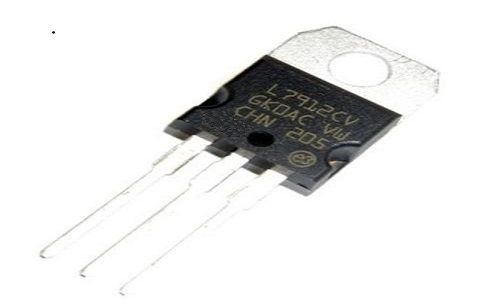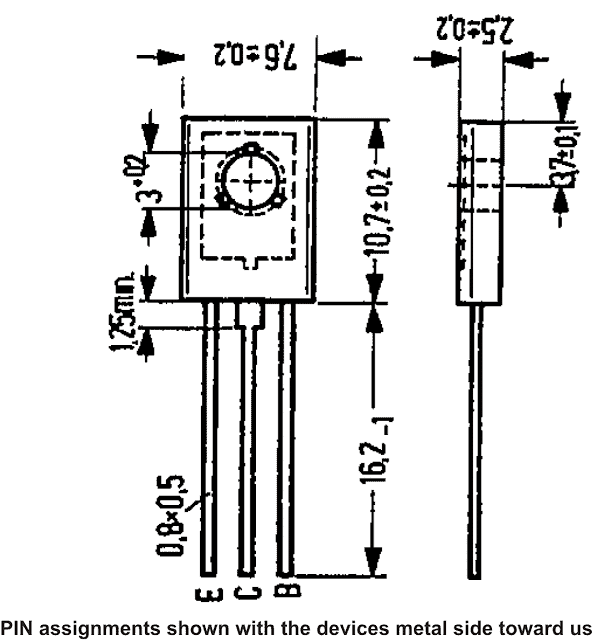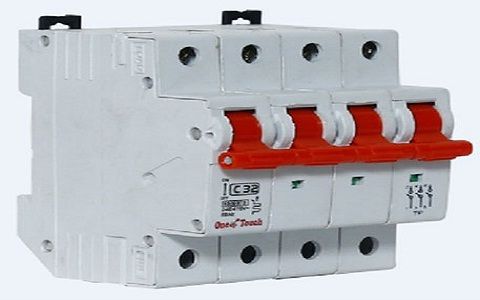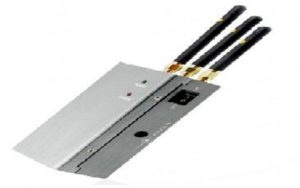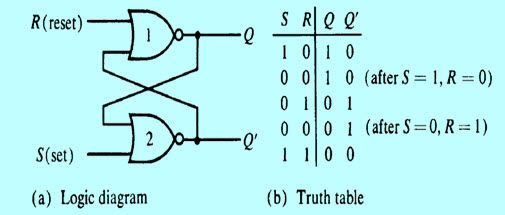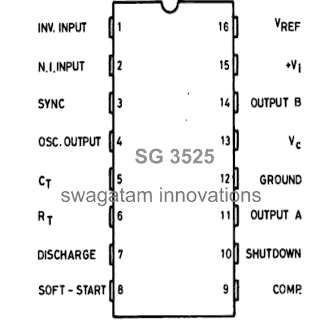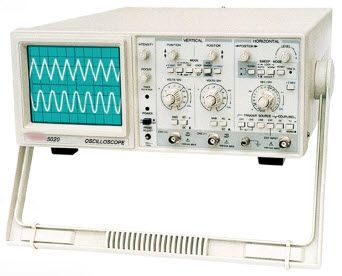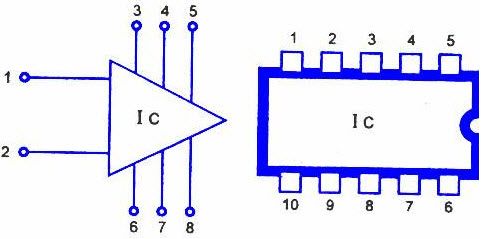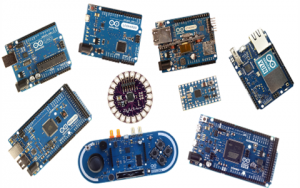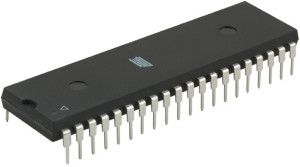In questo tutorial su Arduino impareremo come eseguire il comando tone () per produrre note musicali. La configurazione riprodurrà un tono musicale minuscolo che potrebbe esserti familiare.

Hardware richiesto per il progetto
Altoparlante Arduino BoardLoud - 8 Ohm 1 pollice Resistore - 100 ohm Cavi di collegamento
Procedura:
È piuttosto troppo semplice e richiede che uno dei cavi degli altoparlanti sia integrato con il pin8 tramite il resistore da 100 ohm e l'altro cavo a terra o il rail negativo dell'alimentazione, come indicato nel seguente schema:

Cortesia dell'immagine: https://arduino.cc/en/Tutorial/Tone
Il codice di programmazione
Vedrai un file aggiuntivo (pitches.h) incluso nel codice. Il file è preprogrammato con i valori del tono di alcuni brani musicali standard.
Per essere più precisi, potresti trovare NOTE_C4 è il Do centrale NOTE_FS4 è F diesis e nello stesso modo. Il programma della seguente tabella delle note allegata è stato originariamente formulato da Brett Hagman, secondo il quale è stato formato il comando tone ().
I dati diventano utili ogni volta che un'applicazione richiede la produzione di una nota musicale all'interno di una configurazione Arduino. Lo schizzo fondamentale può essere appreso come indicato sotto:
/ *
Melodia
Riproduce una melodia
circuito:
* Altoparlante da 8 ohm sul pin digitale 8
creato il 21 gennaio 2010
modificato il 30 agosto 2011
di Tom Igoe
Questo codice di esempio è di pubblico dominio.
https://arduino.cc/en/Tutorial/Tone
*/
#include 'pitches.h'
// notes in the melody:
int melody[] =
{
NOTE_C4, NOTE_G3,NOTE_G3, NOTE_A3, NOTE_G3,0, NOTE_B3,
NOTE_C4}
// note durations: 4 = quarter note, 8 = eighth note, etc.:
int noteDurations[] = {
4, 8, 8, 4,4,4,4,4 }
void setup()
{
// iterate over the notes of the melody:
for (int
thisNote = 0
thisNote <8
thisNote++) {
// to calculate the note duration, take one
second
// divided by the note type.
//e.g. quarter note = 1000 / 4, eighth note =
1000/8, etc.
int noteDuration = 1000/noteDurations[thisNote]
tone(8, melody[thisNote],noteDuration)
// to distinguish the notes, set a minimum time
between them.
// the note's duration + 30% seems to work well:
int pauseBetweenNotes =
noteDuration * 1.30
delay(pauseBetweenNotes)
// stop the tone playing:
noTone(8)
}
}
void loop()
{
// no need to repeat the melody.
In order to create the pitches.h file you’ll need to click
on the “new Tab” button which may look like this: → And simply paste the following code in it:/*************************************************
* Public Constants
*************************************************/
#define NOTE_B0 31
#define NOTE_C1 33
#define NOTE_CS1 35
#define NOTE_D1 37
#define NOTE_DS1 39
#define NOTE_E1 41
#define NOTE_F1 44
#define NOTE_FS1 46
#define NOTE_G1 49
#define NOTE_GS1 52
#define NOTE_A1 55
#define NOTE_AS1 58
#define NOTE_B1 62
#define NOTE_C2 65
#define NOTE_CS2 69
#define NOTE_D2 73
#define NOTE_DS2 78
#define NOTE_E2 82
#define NOTE_F2 87
#define NOTE_FS2 93
#define NOTE_G2 98
#define NOTE_GS2 104
#define NOTE_A2 110
#define NOTE_AS2 117
#define NOTE_B2 123
#define NOTE_C3 131
#define NOTE_CS3 139
#define NOTE_D3 147
#define NOTE_DS3 156
#define NOTE_E3 165
#define NOTE_F3 175
#define NOTE_FS3 185
#define NOTE_G3 196
#define NOTE_GS3 208
#define NOTE_A3 220
#define NOTE_AS3 233
#define NOTE_B3 247
#define NOTE_C4 262
#define NOTE_CS4 277
#define NOTE_D4 294
#define NOTE_DS4 311
#define NOTE_E4 330
#define NOTE_F4 349
#define NOTE_FS4 370
#define NOTE_G4 392
#define NOTE_GS4 415
#define NOTE_A4 440
#define NOTE_AS4 466
#define NOTE_B4 494
#define NOTE_C5 523
#define NOTE_CS5 554
#define NOTE_D5 587
#define NOTE_DS5 622
#define NOTE_E5 659
#define NOTE_F5 698
#define NOTE_FS5 740
#define NOTE_G5 784
#define NOTE_GS5 831
#define NOTE_A5 880
#define NOTE_AS5 932
#define NOTE_B5 988
#define NOTE_C6 1047
#define NOTE_CS6 1109
#define NOTE_D6 1175
#define NOTE_DS6 1245
#define NOTE_E6 1319
#define NOTE_F6 1397
#define NOTE_FS6 1480
#define NOTE_G6 1568
#define NOTE_GS6 1661
#define NOTE_A6 1760
#define NOTE_AS6 1865
#define NOTE_B6 1976
#define NOTE_C7 2093
#define NOTE_CS7 2217
#define NOTE_D7 2349
#define NOTE_DS7 2489
#define NOTE_E7 2637
#define NOTE_F7 2794
#define NOTE_FS7 2960
#define NOTE_G7 3136
#define NOTE_GS7 3322
#define NOTE_A7 3520
#define NOTE_AS7 3729
#define NOTE_B7 3951
#define NOTE_C8 4186
#define NOTE_CS8 4435
#define NOTE_D8 4699
#define NOTE_DS8 4978
Precedente: Realizzazione di un circuito per campanello senza fili Avanti: Circuito inverter con nucleo in ferrite 5kva - Diagramma di lavoro completo con dettagli di calcolo

